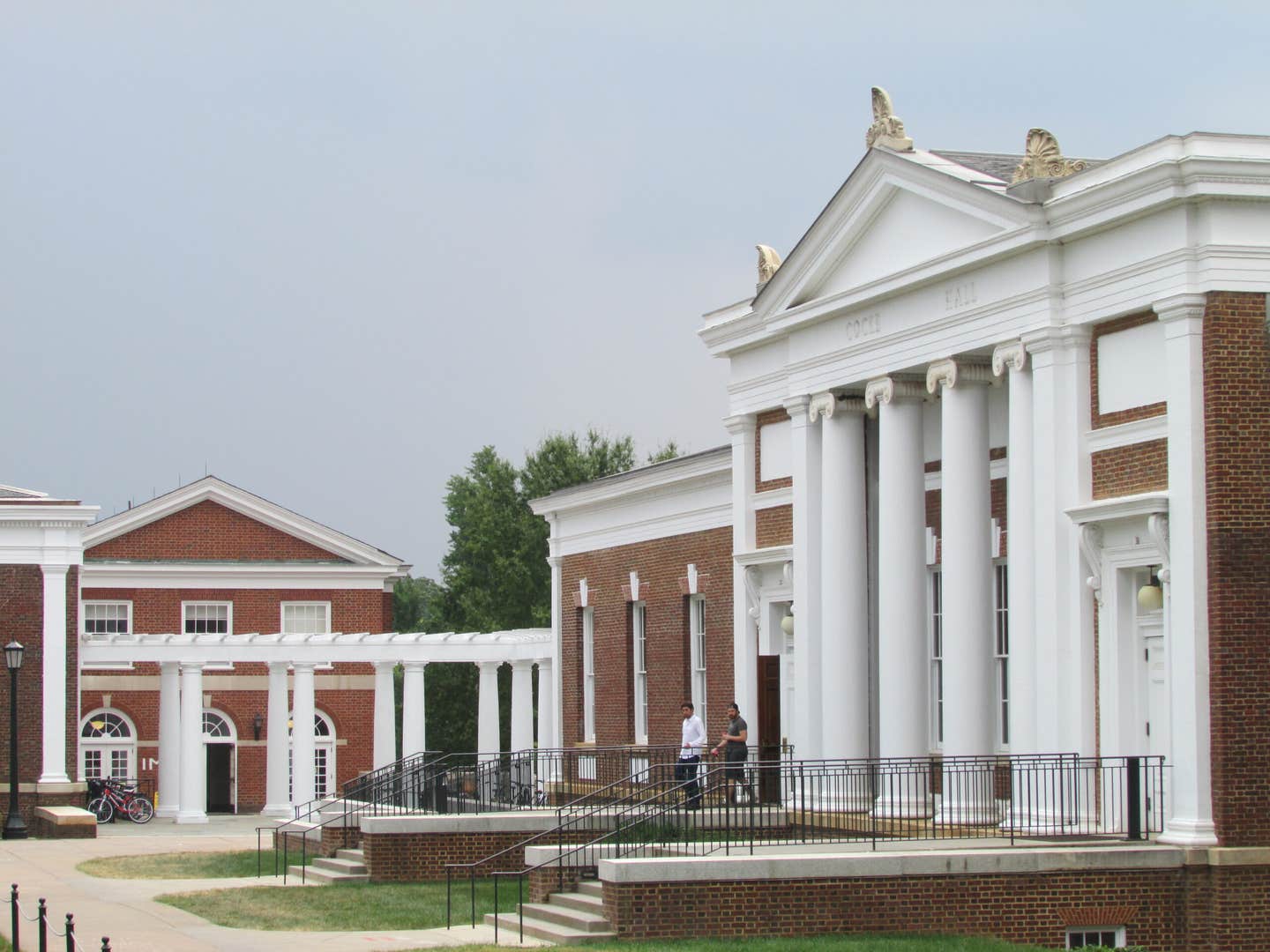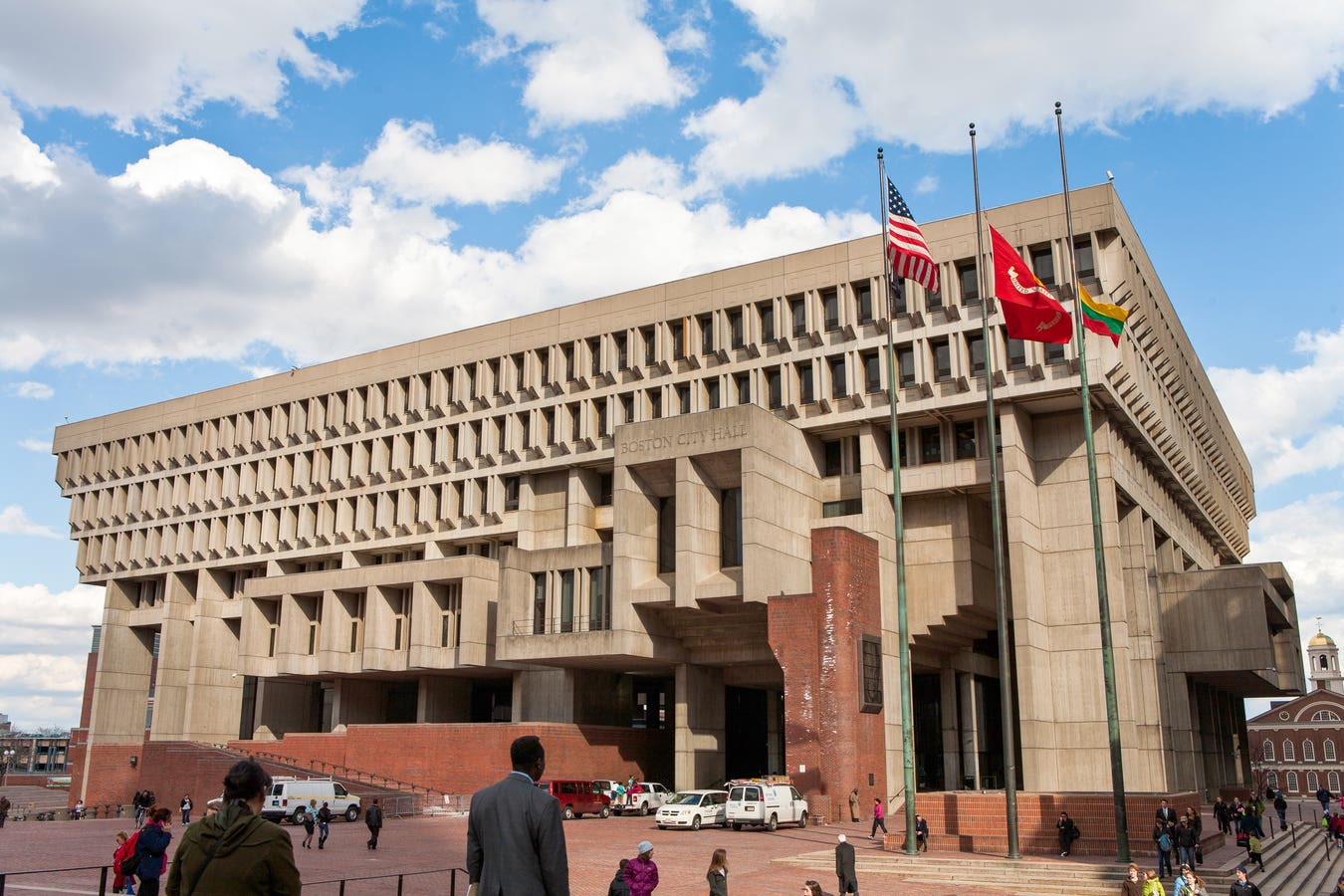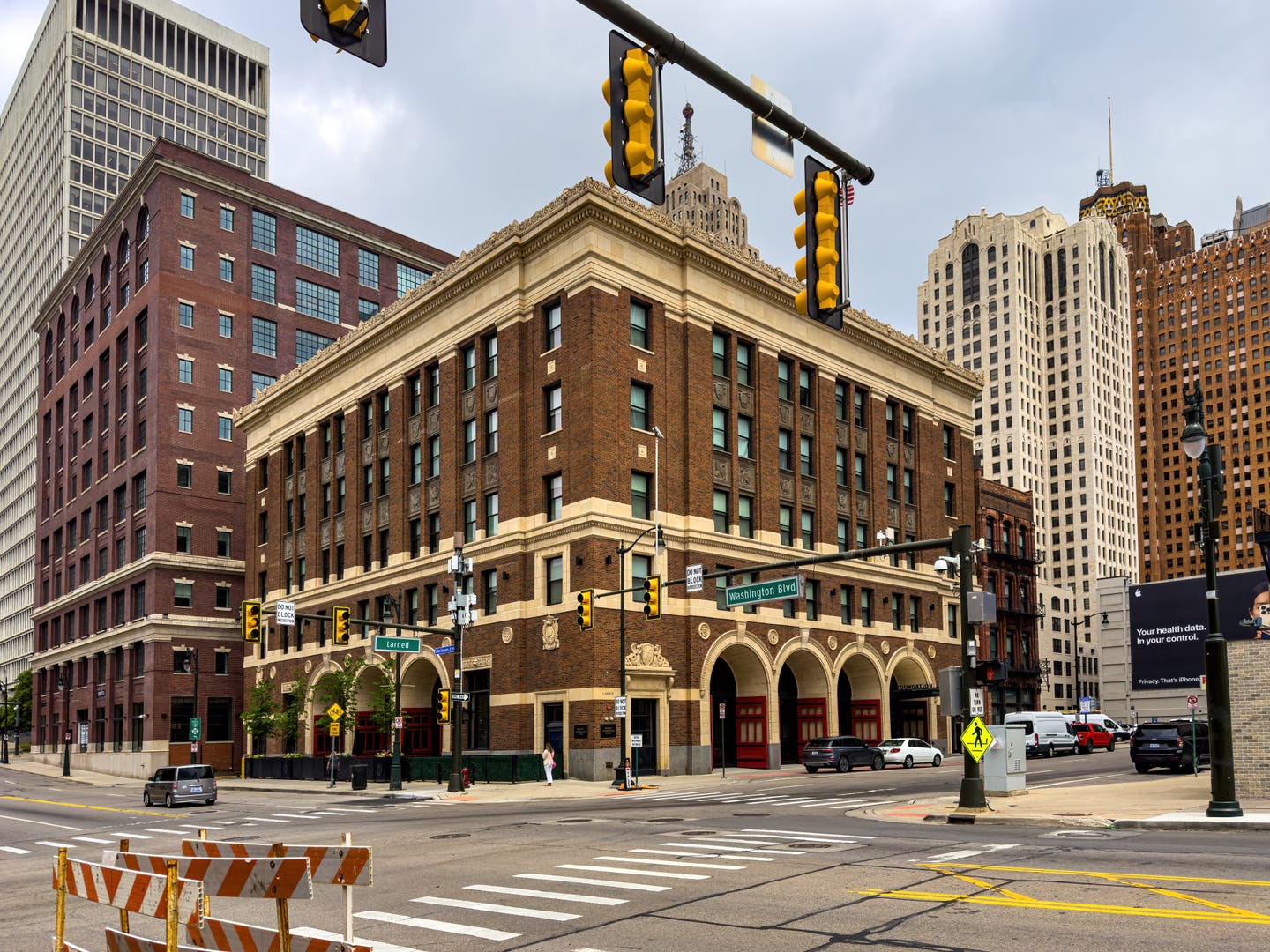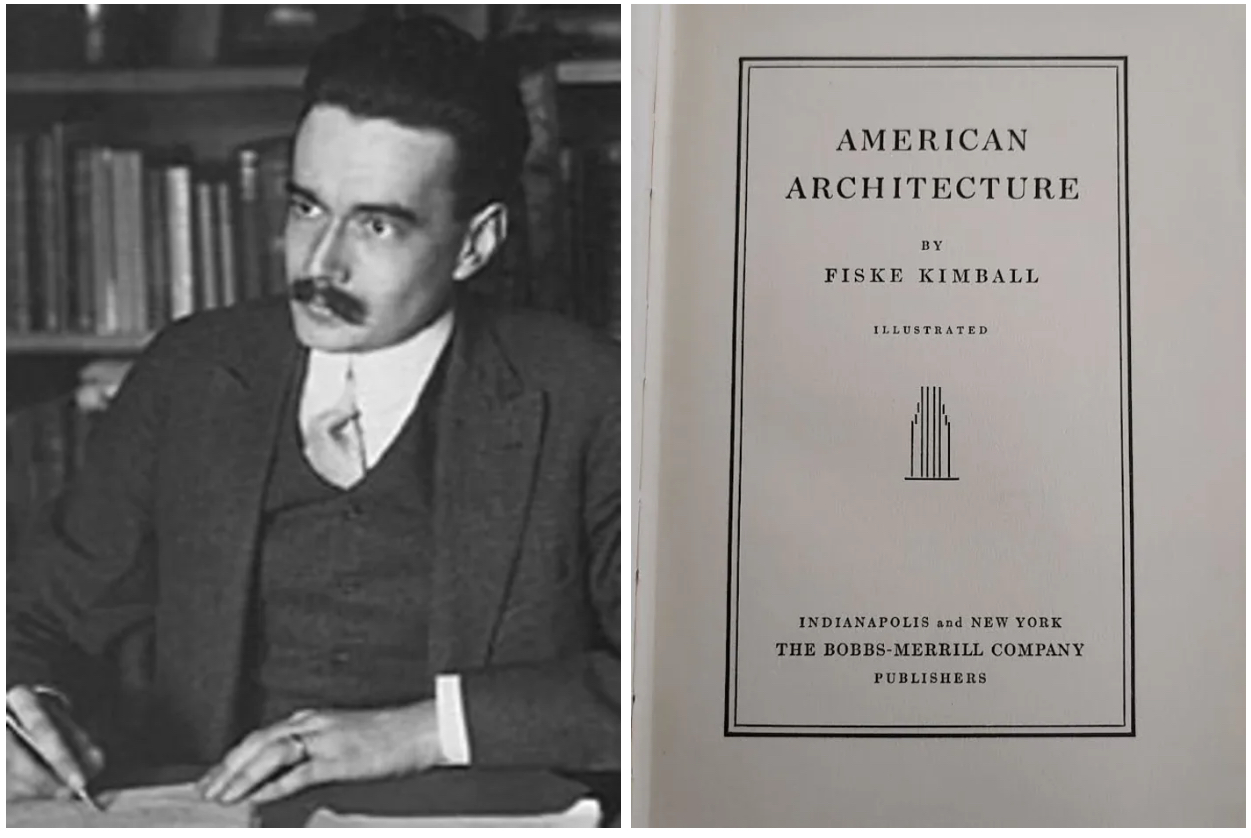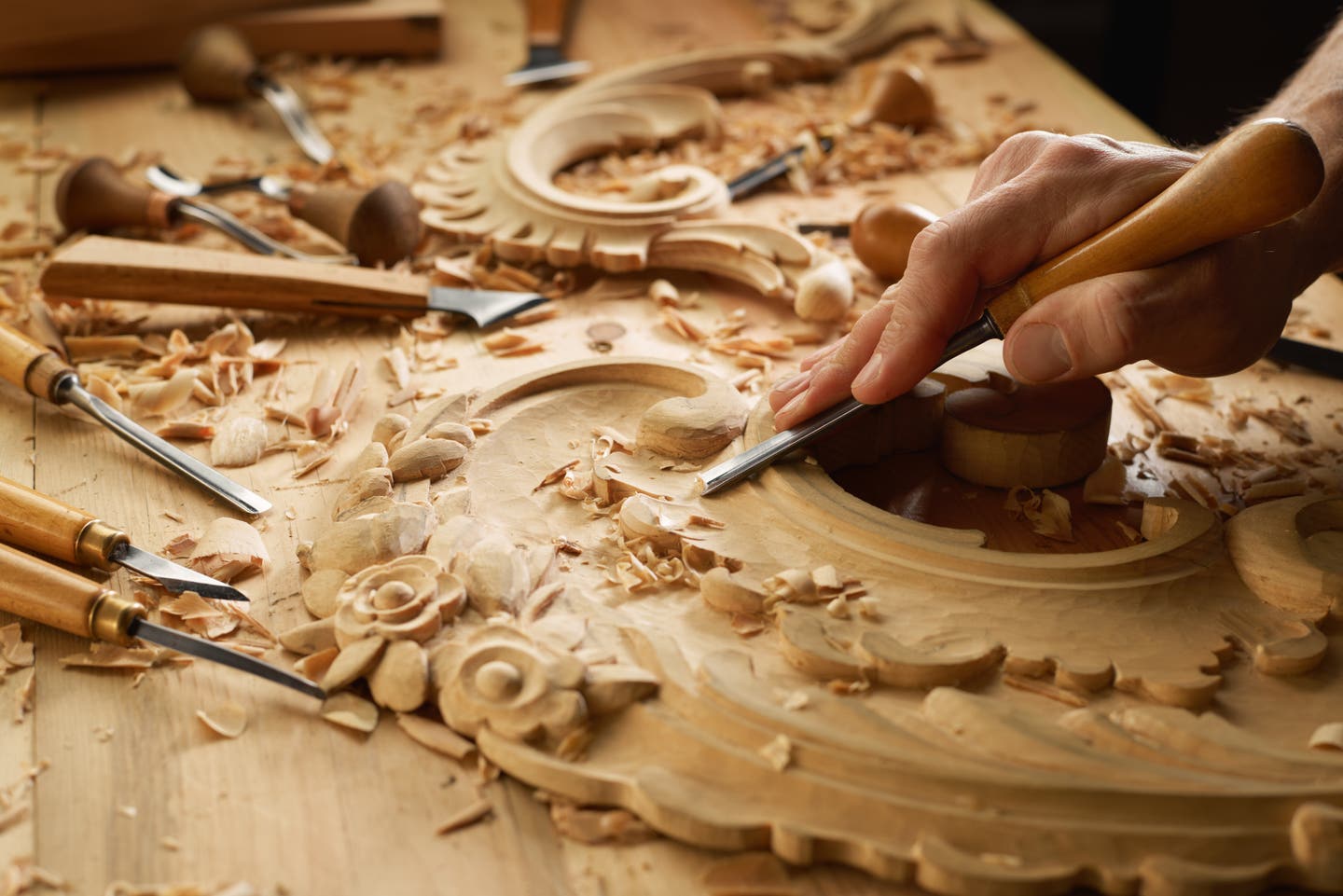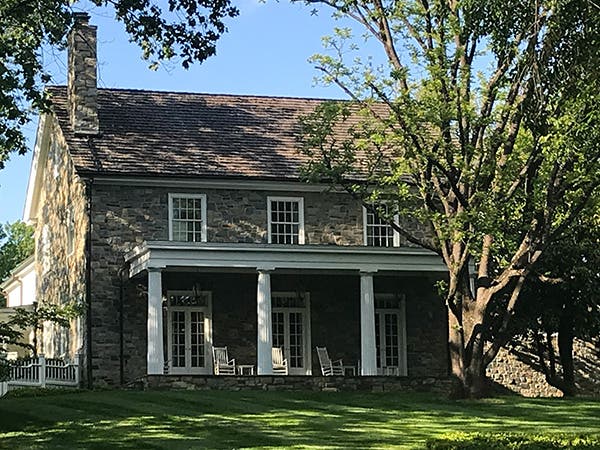
Peter Miller
The State of Things
A builder told me that the average size job for replacement remodeling projects sold this spring is roughly equivalent to the cost of what people would normally be spending on vacations this summer.
That got me thinking about how homeowners are spending their money and how they are not. I made my own list of what I’m NOT spending money on, since March 15 and the pandemic: restaurants, movies, haircuts, dry cleaning, gas, Uber or public transportation, airline tickets, Starbucks, parking, summer camp. That’s just what I can think of off the top of my head. It adds up.
What I HAVE been spending on is my house and garden. There’s no place to go but home. And our Home Group, which comprises media about cooking, gardening, log and timber home building, old house renovation, period homes, woodworking and collecting things like coins and antiques, is having a moment. Magazine subscriptions, newsstand sales, website traffic, online education attendance, e-cast open rates, and social media engagement are all up as much as 100% year-over-year.
How can this be with so many sectors of our economy tanked? So many people unemployed? Home building and remodeling, as well as institutional building restoration and renovation, are doing much better than anyone imagined. It’s not perfect. April 2020 housing starts were down year-over-year by 29.7%; permits were down 19.2%. But because we all forecasted a freefall decline of 40%, builders, architects, interior designers, realtors, and homeowners I talk to are breathing a collective sigh of relief.
According to the news media, home foreclosures are imminent. Commercial office space remodels, retail and hospitality development, even the long-robust healthcare sector have all been hard hit. Government work is plodding along with some delays but not cancellations. Everything is taking longer, from material deliveries to permit approvals to appraisals and mortgage application processing.
Adversity has been the mother of invention, from better safety precautions, to virtual communication, to convenient pick-up and delivery or finding new and better supply sources. There has been 12 years of innovation in the past 12 months. One industry friend told me, “I don’t say no. I find a way.”
All this, despite daily uncertainty and change, and high levels of anxiety. “One day at a time,” is our common mantra since predictions about the future can be daunting. I find myself talking a lot about what I don’t know until I come to my senses and focus on the tasks at hand.
One good example of timely innovation is the Timberlane Company’s pivot from making custom, historically authentic shutters to COVID shields and masks. In so doing they redeployed machines from cutting wood to plastic, hired unemployed restaurant workers, trained them, and ran factory shifts 24/7 to meet the demand from hospitals. They still make wood shutters too.
Other examples include how architects, specialty contractors and builders have adapted with virtual communication, from Zoom to Teams. Virtual home tours are helping to sell new and existing houses. Over communicating, which is effective for collaboration, is the new normal. And e-commerce has helped us find new sources for materials, from lumber to linens.
Homeowners and home buyers are innovating too, thinking about new ways to live, work, and play….at home. Clients and prospects might have hit the pause button on building and remodeling projects last March, but after three months confined to their casas, they’ve noticed all their home’s flaws. The home is about to become five building types in one: a resort hotel, a summer camp, a commercial kitchen for multiple cooks, office space, and health-care facility. The healthy home, one that contributes to both physical and emotional wellbeing, is a trend that’s been accelerated.
It’s as if the "experience economy," driven by urban millennials, has been replaced by a virtual economy including virtual experiences enjoyed at home. Even die-hard city dwellers are escaping to the country, from which they might never return. My builder and architect friends who serve the high end of the market say, “our clients aren’t getting any younger. They have money, want their legacy home and are eager to move ahead to groundbreaking.” Farms, ranches, and country estates are in high demand.
The 55 plus home-buyer cohort continues to grow. This, along with no-interest rates, low housing inventory, builders who suddenly have some room in their schedule, increasing household formation and continued, albeit slower house appreciation all have the pundits forecasting a continued housing and remodeling recovery into 2021.
But we must be nimble to adapt to change. I’m focused on my footwork not on the finish line.
And I’m thinking about how our behaviors have changed, how much is situational and what is permanent. Seems like my “home" is the one thing I can control and predict. The one place I feel safe.
There’s no place to go but home.
Peter H. Miller, Hon. AIA, is the publisher and President of TRADITIONAL BUILDING, PERIOD HOMES and the Traditional Building Conference Series, and podcast host for Building Tradition, Active Interest Media's business to business media platform. AIM also publishes OLD HOUSE JOURNAL; NEW OLD HOUSE; FINE HOMEBUILDING; ARTS and CRAFTS HOMES; TIMBER HOME LIVING; ARTISAN HOMES; FINE GARDENING and HORTICULTURE. The Home Group integrated media portfolio serves over 50 million architects, builders, craftspeople, interior designers, building owners, homeowners and home buyers.
Pete lives in a classic Sears house, a Craftsman-style Four Square built in 1924, which he has lovingly restored over a period of 30 years. Resting on a bluff near the Potomac River in Washington, D.C., just four miles from the White House, Pete’s home is part of the Palisades neighborhood, which used to be a summer retreat for the District’s over-heated denizens.
Before joining Active Interest Media (AIM), Pete co-founded Restore Media in 2000 which was sold to AIM in 2012. Before this, Pete spent 17 years at trade publishing giant Hanley Wood, where he helped launch the Remodeling Show, the first trade conference and exhibition aimed at the business needs and interests of professional remodeling contractors. He was also publisher of Hanley Wood’s Remodeling, Custom Home, and Kitchen and Bath Showroom magazines and was the creator of Remodeling’s Big 50 Conference (now called the Leadership Conference).
Pete participates actively with the American Institute of Architects’ Historic Resources Committee and also serves as President of the Washington Mid Atlantic Chapter of the Institute of Classical Architecture & Art. He is a long-time member of the National Trust for Historic Preservation and an enthusiastic advocate for urbanism, the revitalization of historic neighborhoods and the benefits of sustainability, including the adaptive reuse of historic buildings.



